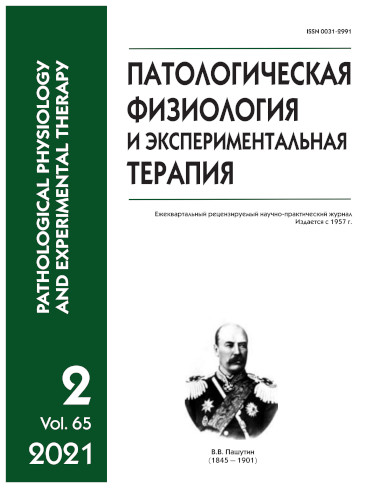Epidemiology of amyloidosis (prevalence of etiological thinking)
Abstract
Amyloidosis is a pathological process caused by various environmental and hereditary etiological factors. It develops according to its own rules, regardless of the primary events that caused it. Systematization of information about amyloid disease epidemiology is a challenging task due to differences in the methods used for statistical analysis, the lack of a unified worldwide classification of this pathology, and differences in the description of this pathology by clinicians and pathologists. Despite a WHO classification of amyloidosis based on a pathogenetic principle, statistics on some amyloidosis cases are performed by individual nosological forms. Therefore, some amyloidosis cases are not included in statistical analyses. In general, this creates an incorrect impression that amyloidosis is much less common than it actually is. The aim of this study is to analyze the available literature data on the epidemiology of amyloidosis in order to approximate the correct prevalence of this pathology. Results. The published data on the epidemiology of amyloidosis, Alzheimer’s disease, AL- and AA-amyloidoses, LECT2 amyloidosis, hereditary amyloidoses, pharmacological amyloidosis, and narcotic drug induced amyloidosis were analyzed. Also the relationship of amyloidosis with age and sex was taken into account. Differences were identified in research methods for the epidemiology of amyloidosis that led to incompatible data. Since different authors use different methods for assessing the epidemiology of amyloidosis, data obtained in the same geographical area sometimes differed by an order of magnitude. Own classification of amyloidosis by origin is proposed for discussion. Since amyloidosis is not a diagnosis, but a pathological process, it is proposed to abandon the nosological principle of statistical accounting of amyloidosis cases in favor of the WHO pathogenetic classification. Conclusion. There are no uniformly comparable data on the prevalence and incidence of amyloidosis. For this reason, mandatory staining with Congo red of biopsy and autopsy material for the presence of amyloid is required. It is also necessary to create a digital national registry of patients with amyloidosis and to develop methods for early lifetime diagnosis of amyloidosis, possibly based on proteomic analysis of blood plasma.






